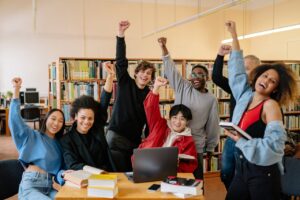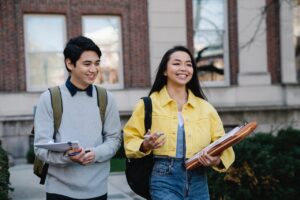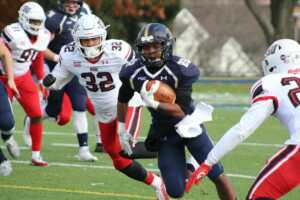
Breaking Barriers: Supporting Students with Disabilities in US Universities
- Last Updated - 04/14/2024 - 11:54 AM
- Study in USA
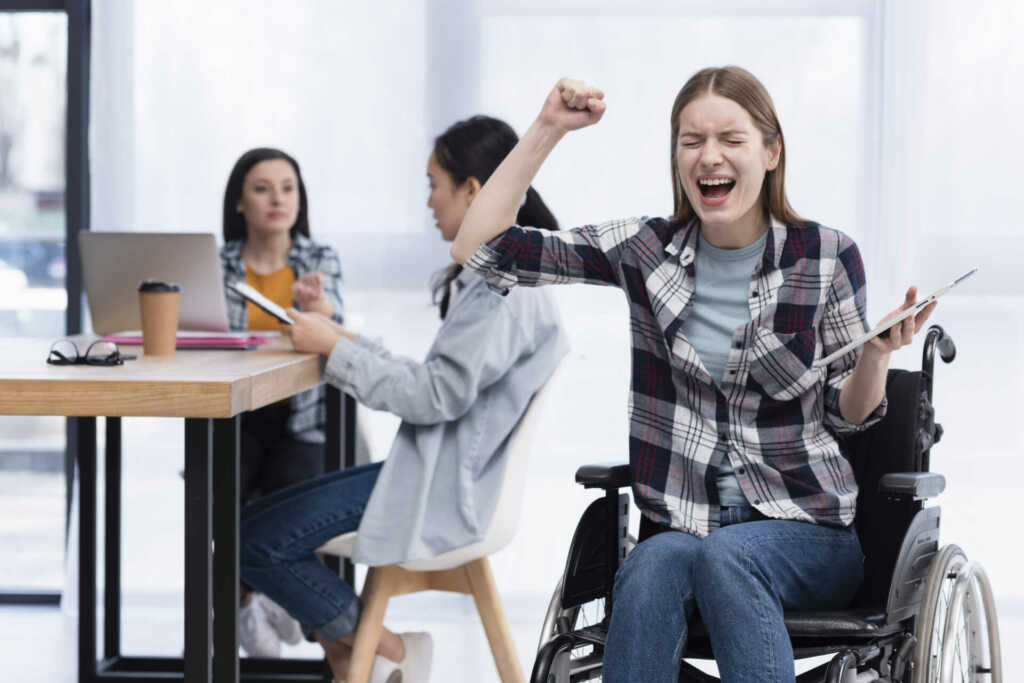
To pursue higher education students with disabilities typically encounter unique obstacles and challenges that hinder their academic achievement as well as personal development. Yet, US universities are committed to creating an environment that is inclusive and welcoming in which every student, regardless of their ability, can thrive and excel. Take a look at the latest initiatives and resources to aid students with disabilities at US universities by breaking down barriers to help them realize their full potential.
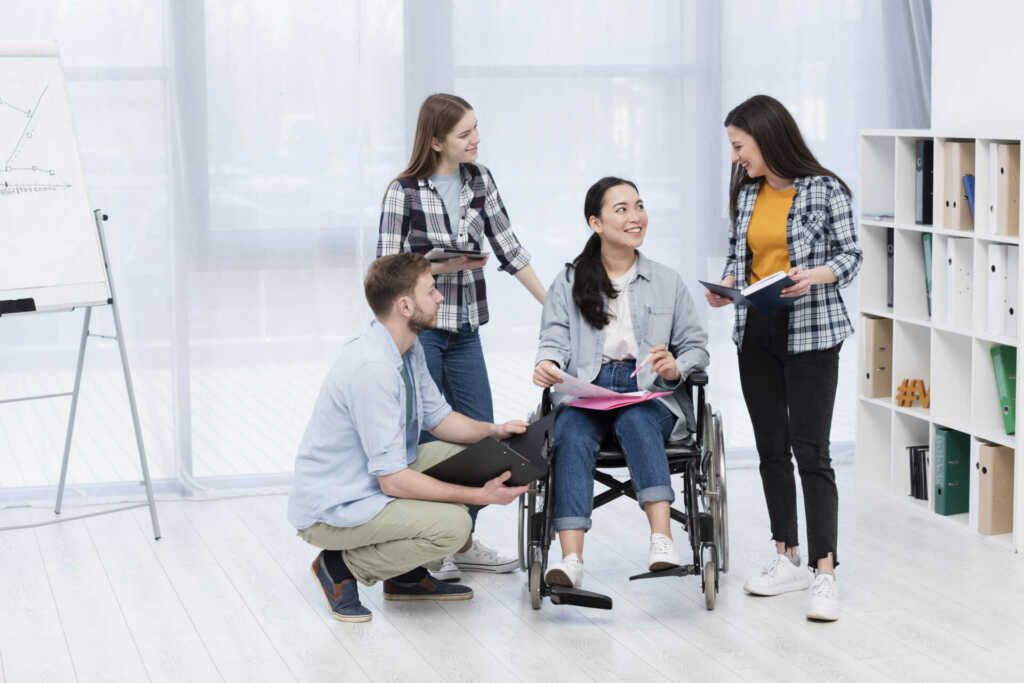
Incorporating an inclusive campus culture
The most important aspect of assisting students who have disabilities is a dedication to building an atmosphere on campus that promotes diversity as well as equity and inclusion. US universities are committed to creating an inclusive and accessible environment that makes students with disabilities valued, respected, and able to take part in extracurricular and academic activities. Through awareness programs, diversity training and disability advocacy organizations Universities raise awareness about disabilities and foster an environment of acceptance and care throughout campuses.
Accessible Resources and Facilities
US institutions are investing money in accessibility facilities, and ensuring students with disabilities are given equal access to education and campus facilities. From elevators and ramps for wheelchairs to accessible dormitories and classrooms universities are creating physical adjustments to reduce the physical barriers to the mobility of students who have disabilities. In addition, universities offer adaptive technology, assistive devices, and support services for students with disabilities including note-taking assistance as well as sign language interpreters and other formats of materials to meet the various needs of students who have disabilities.
Support and Academic Accommodations
US universities provide a variety of academic accommodations and services that assist students who are disabled in their academic activities. Disability services offices collaborate with students to design specific plans of accommodation to meet their particular needs and guarantee the same access to education opportunities. The accommodations can include longer duration of exams as well as accessible courses assistive technology software and other testing formats. Academic advisors, tutors, and mentors provide individualized assistance and support to help students with disabilities navigate their academic courses and meet their academic goals.
The Peer-to-Peer and Mentorship Programs
Mentorship and peer support programs are essential in assisting students with disabilities as well as fostering an atmosphere in which they are part of a community. US universities provide peer mentorship programs that allow students with disabilities can connect with peers with similar experiences and struggles. The mentorship programs provide emotional help, practical guidance, and motivation to assist students to transition into college life, overcome hurdles, and succeed academically. Peer support networks provide opportunities for friendship, social interaction, and empowerment of students with disabilities.
Advocateship in addition to Disability Rights
US universities are dedicated to promoting the rights and requirements of students who have disabilities and making sure they are given the same treatment and equal opportunities throughout university life. Disability rights organizations and advocacy organizations work hard to increase awareness about disabilities, advocate for policies that improve accessibility, and address obstacles to accessibility and inclusion on campuses. Through advocacy, they strive to create an inclusive and equal environment where students with disabilities can excel academically as well as socially.
Conclusion
In the meantime, as US institutions continue to promote equity, diversity, and inclusivity, these institutions are dedicated to making sure disabled students get the resources and support they require to be successful. Through investing in accessible facilities and academic accommodations, as well as assistance services, and advocacy, universities are removing barriers, allowing those with disabilities to achieve their academic goals and reach their maximum potential. Let us work together to work towards an accessible and inclusive higher education system in which each student, irrespective of ability, will be able to succeed and excel.
You might like these..
Randomly chosen articles that you might like.
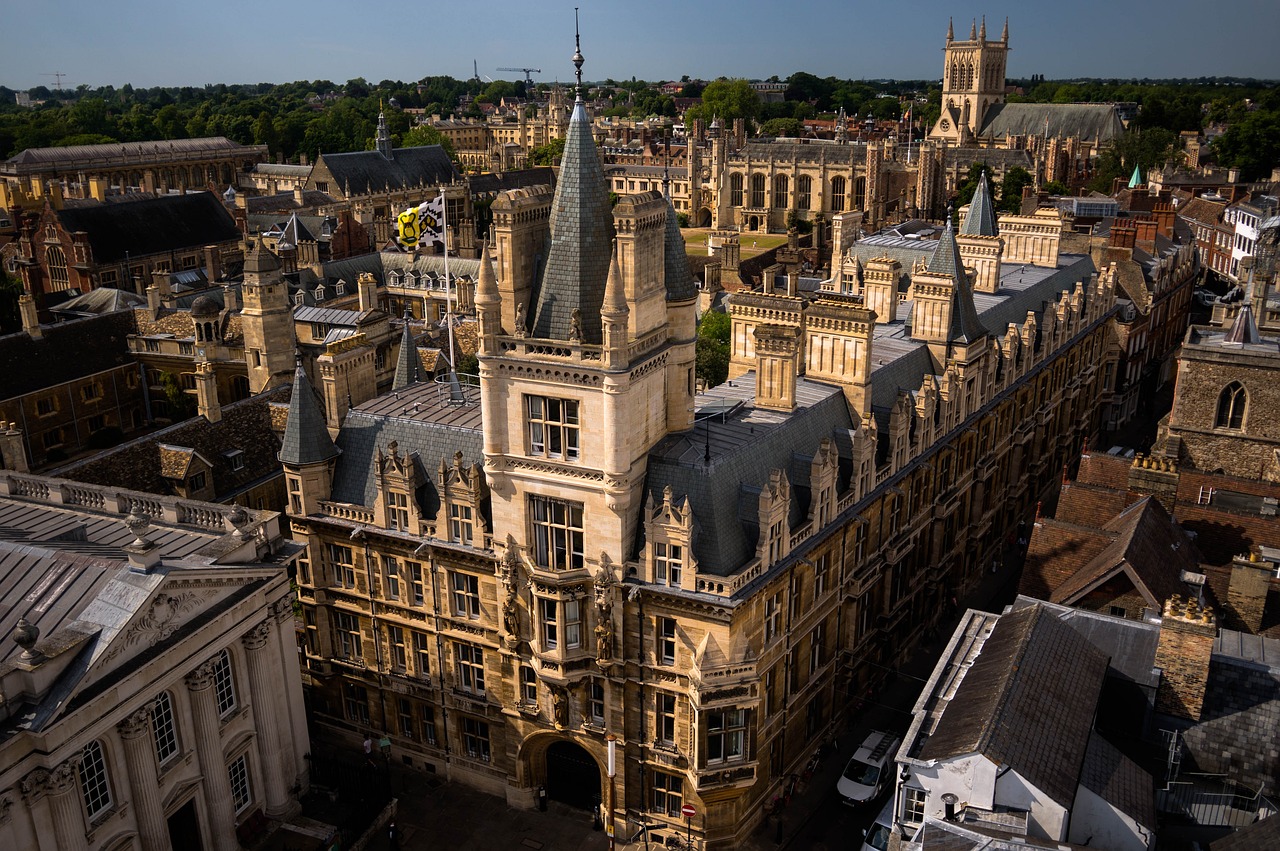
Top 10 Universities in USA 2024
Choosing the right university is a critical decision that can shape your future. To help you navigate your options, we’ve
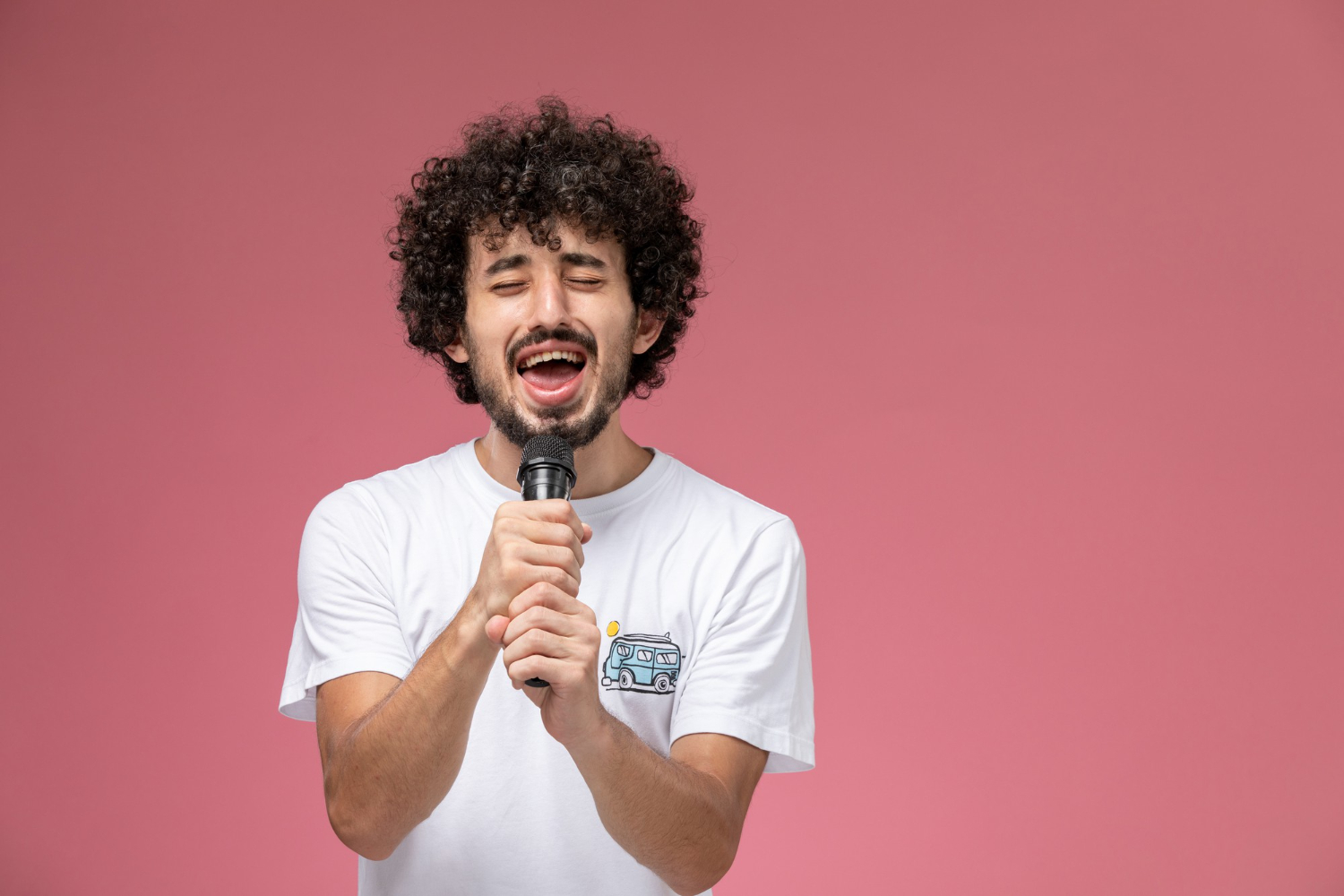
Balancing Act: Navigating the Impact of Free Speech and Cancel Culture on University Campuses
The campuses of universities have been regarded as a bastion of freedom of speech, inquiry, and free dialogue. But in recent
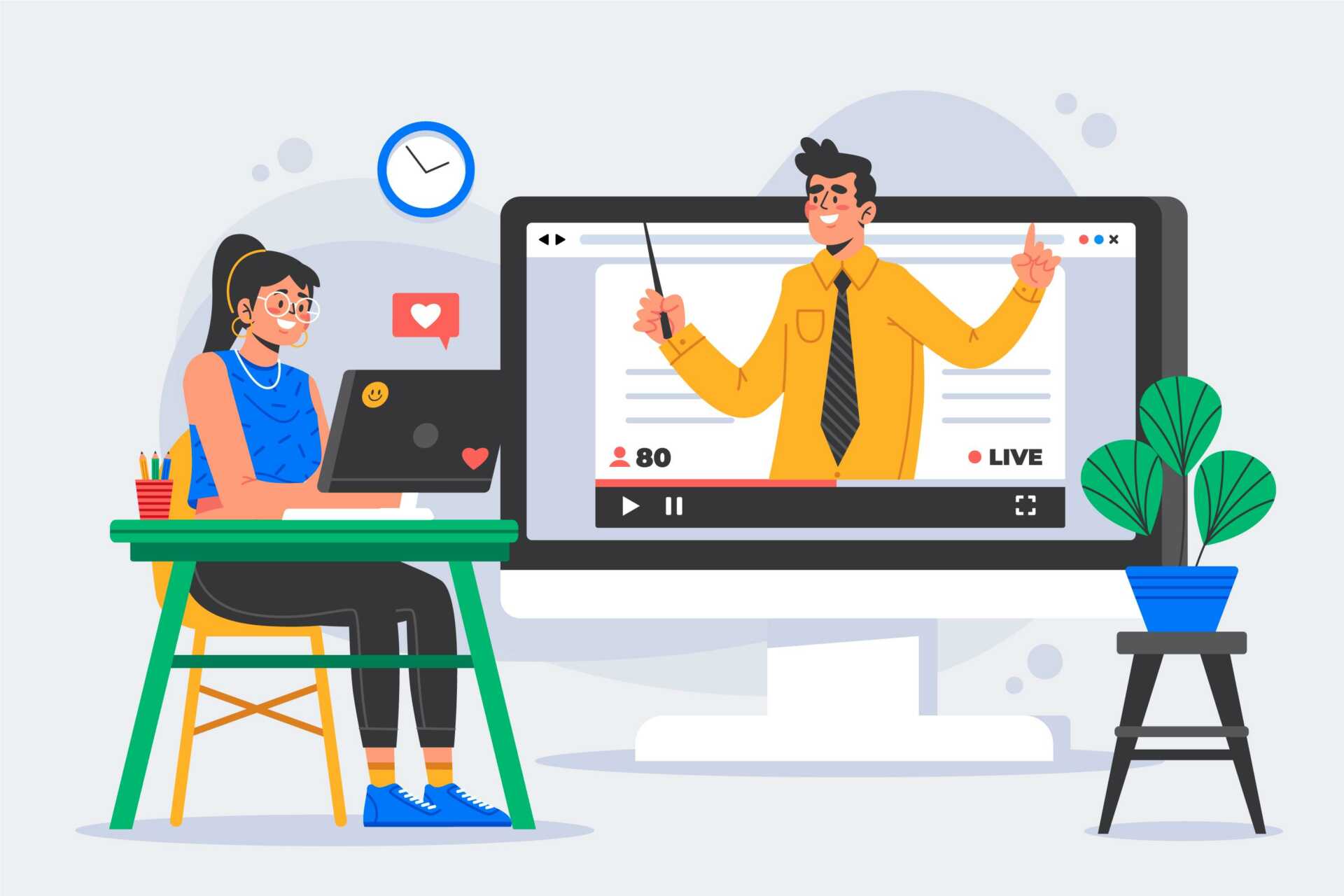
Revolutionizing Education: The Rise of Online Learning Platforms and MOOCs
In the last few times, the world of higher learning has changed due to the rise in online education platforms

Bridging Past and Present: The Vital Role of Alumni Networks in Supporting University Success
Alumni networks are vital sources of life for universities, connecting alumni with faculty and students to build an atmosphere of
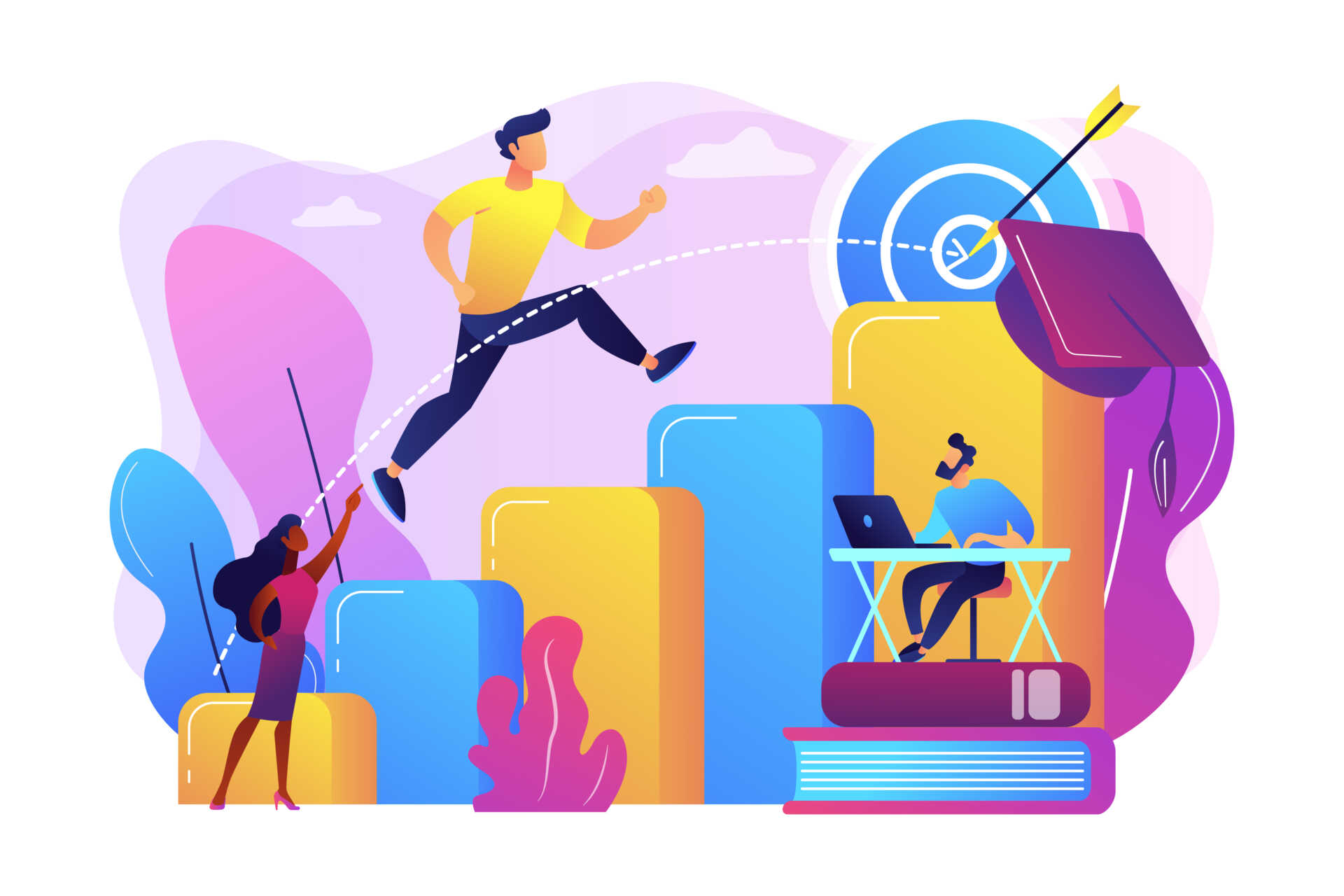
Bridging Tomorrow’s Workforce: Universities Address the Skills Gap in Anticipation of the Future of Work
Technological advancements and economic shifts transform sectors and reshape job roles and the new work environment is characterized by rapid
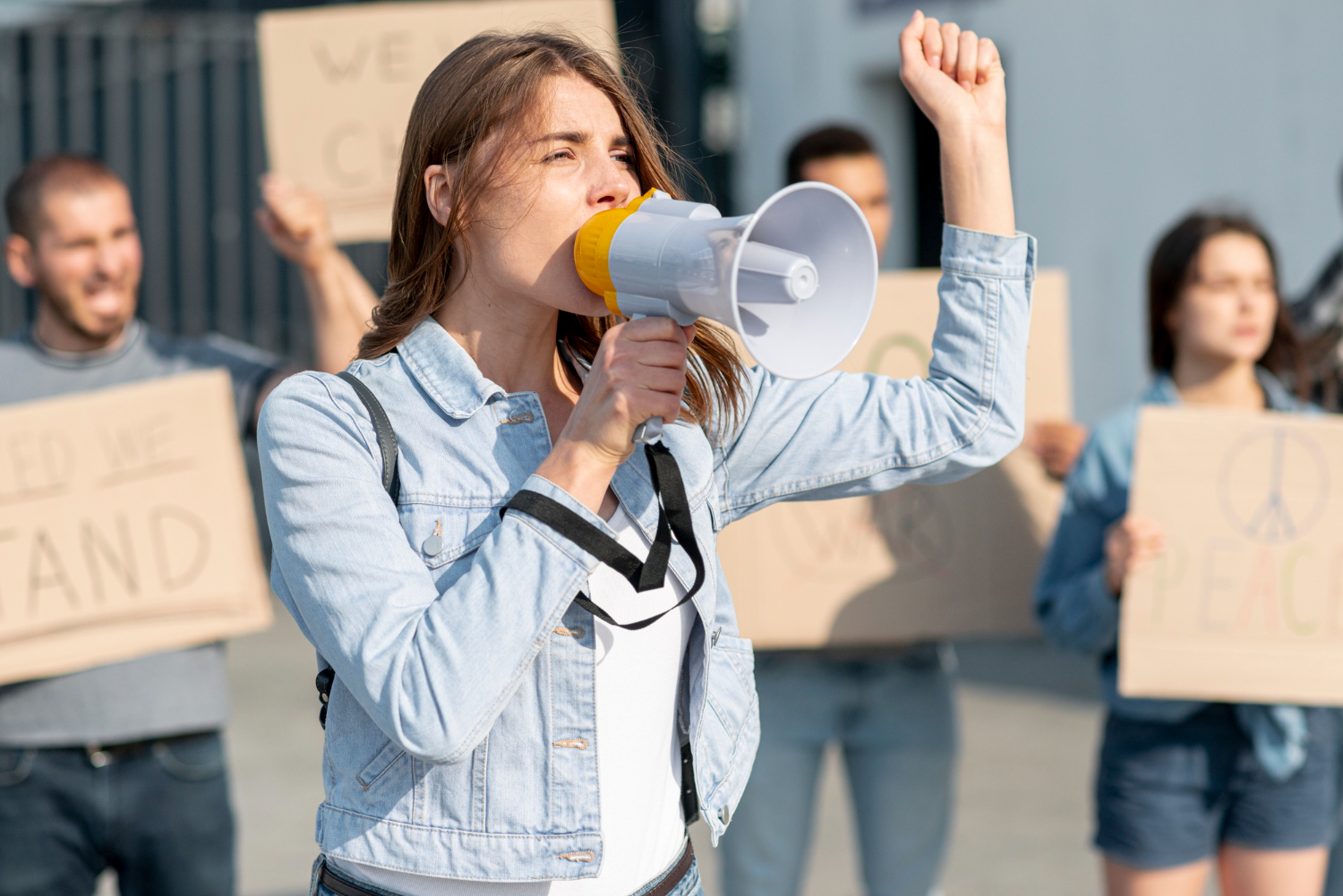
Igniting Change: Exploring the History and Impact of Student Activism on US Campuses
In the past, US campuses have served as the epicenters for changes in the political and social spheres which has
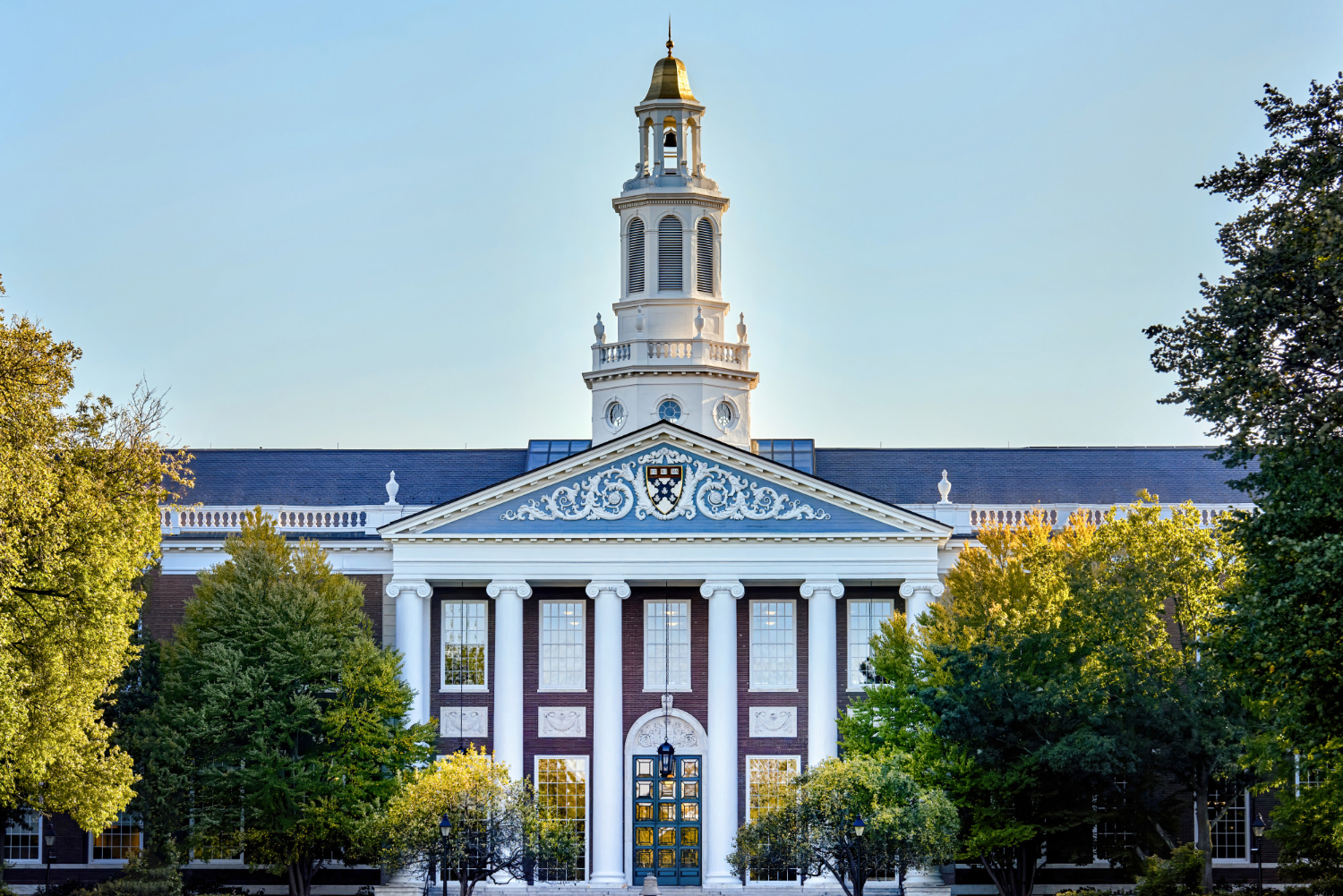
Unveiling Hidden Gems: Exploring Lesser-Known but High-Quality US Universities
While the prestigious Ivy League institutions and flagship state universities typically dominate attention, however, the broader landscape is full of

From Classroom to Courtroom: Navigating the Legal Landscape of US Universities
US universities are not just institutions of learning and research but they are also legal entities that are subject to
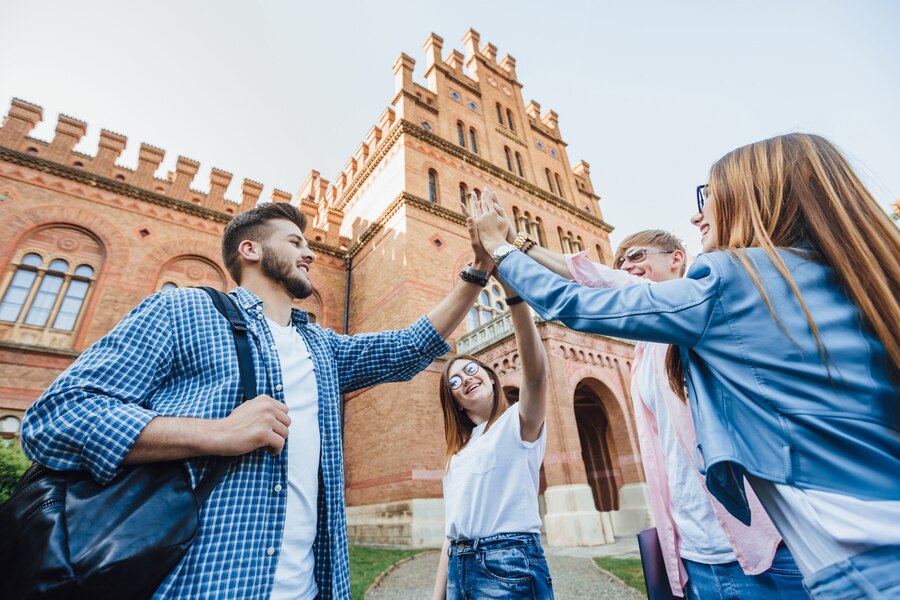
University Canada West (UCW) – Rankings, Fees, Courses
University Canada West (UCW) is a distinct institution in the Canadian higher education scene recognized for its dedication to provide

Best Data Science Course Online in India 2024
Introduction: Data is now the currency of innovation and progress in the age of digitization. A record of every transaction, click,
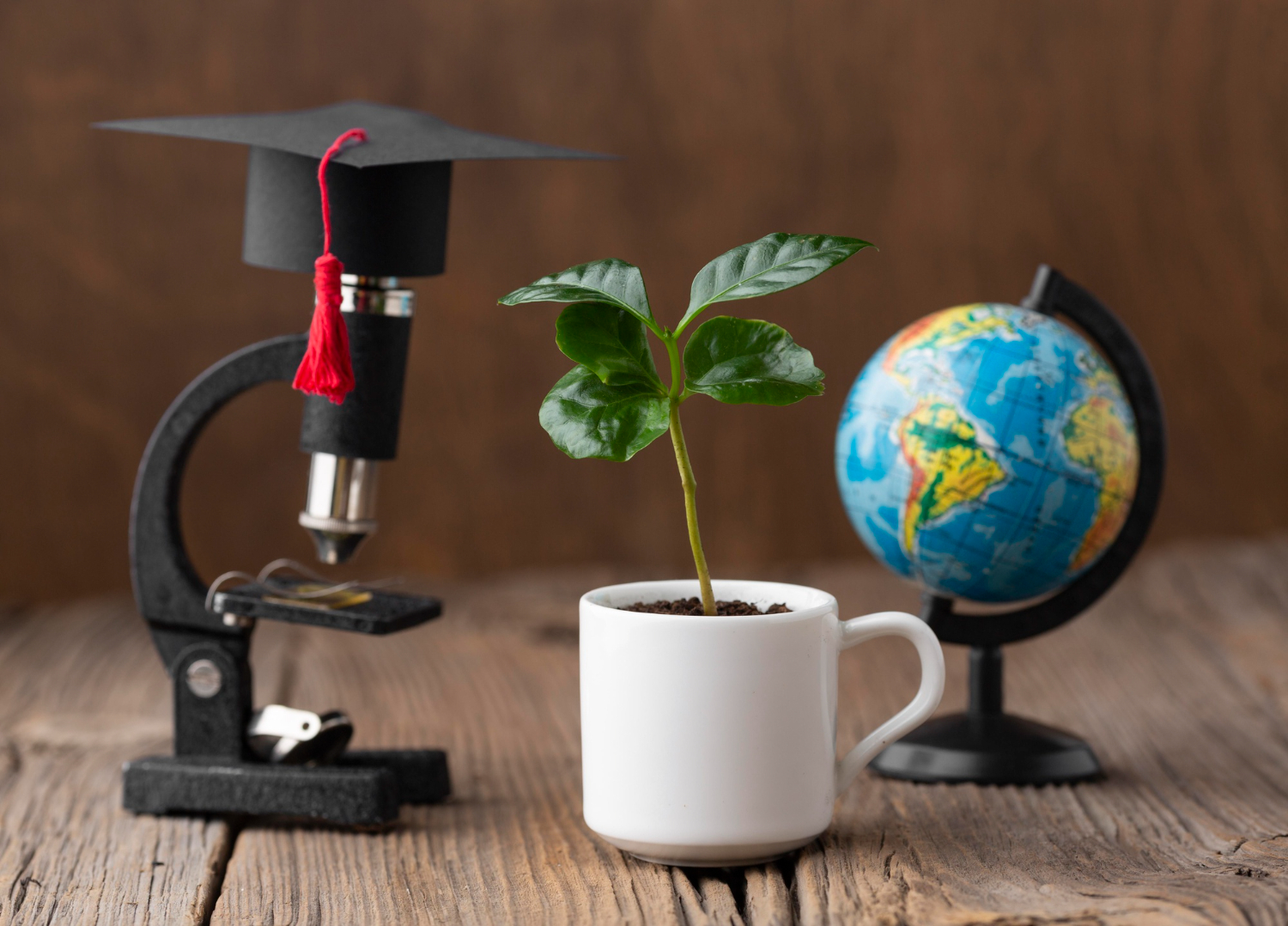
Cultivating Change: The Vital Role of Universities in Promoting Sustainability and Environmental Consciousness
Universities play an integral role in shaping the beliefs behavior, values, and behaviors of the next generation. In an age of
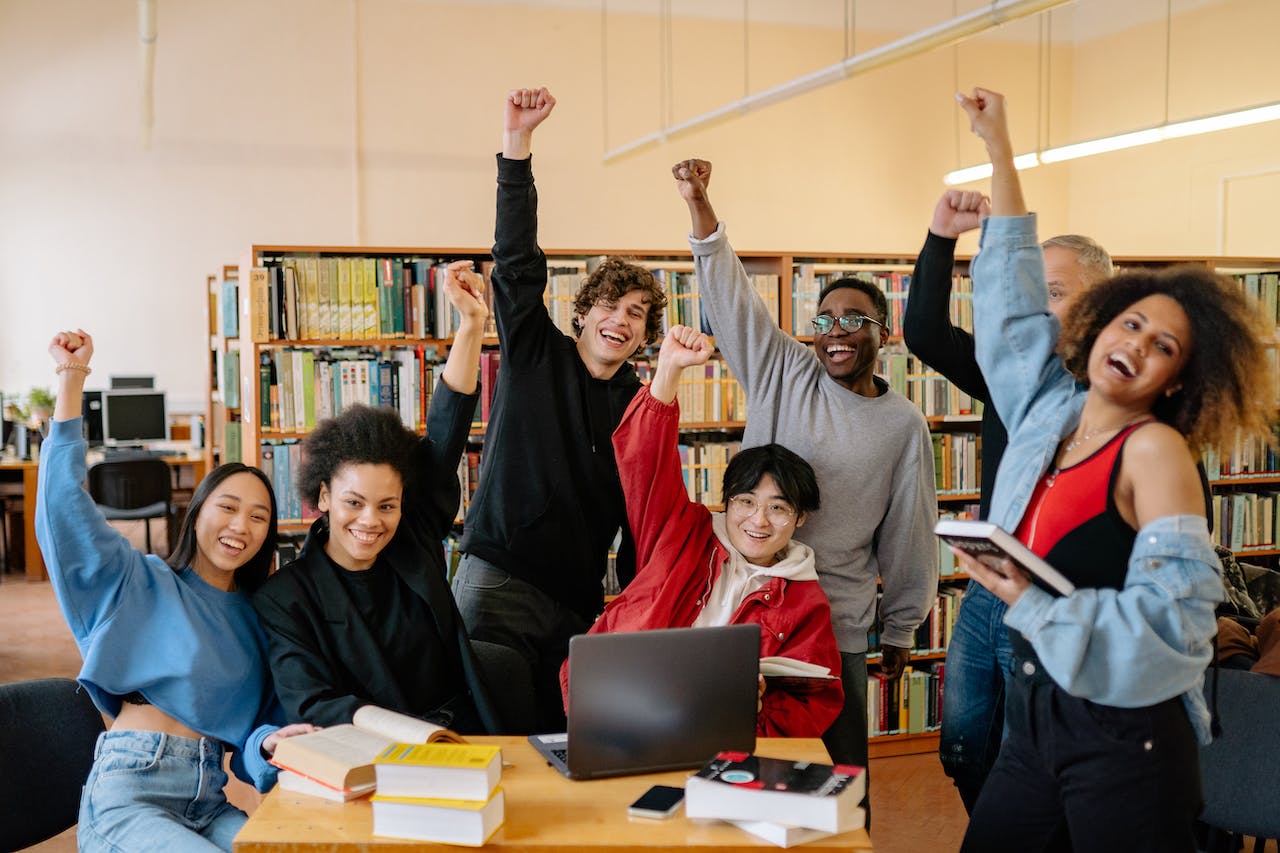
Choosing the Best University in USA: A Guide to Select the Top USA Universities.
Choosing the best University in USA is a crucial choice that will have a big impact on your educational journey
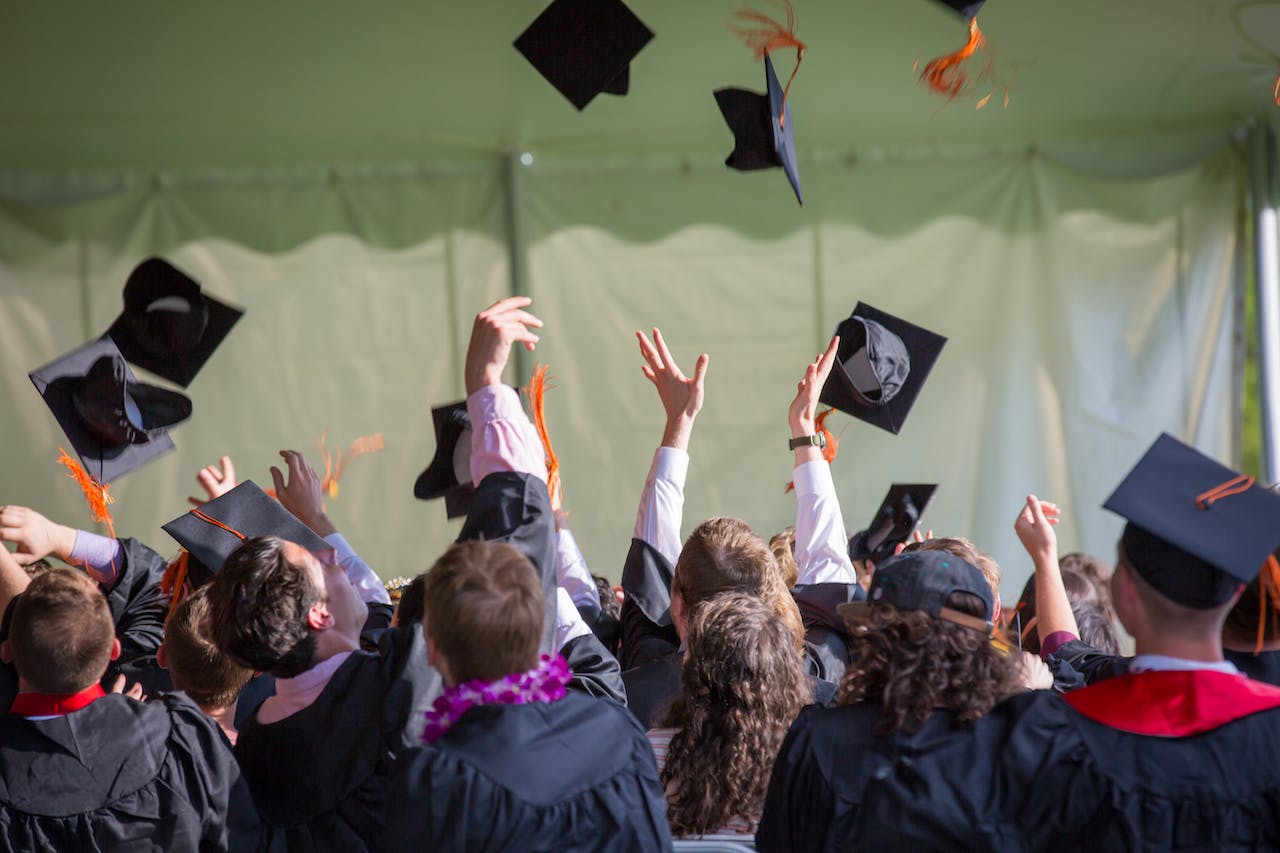
The Pinnacle of Education: Why USA Universities Stand Out Globally!
In the vast landscape of higher education, USA universities emerge as beacons of excellence, attracting students from every corner of
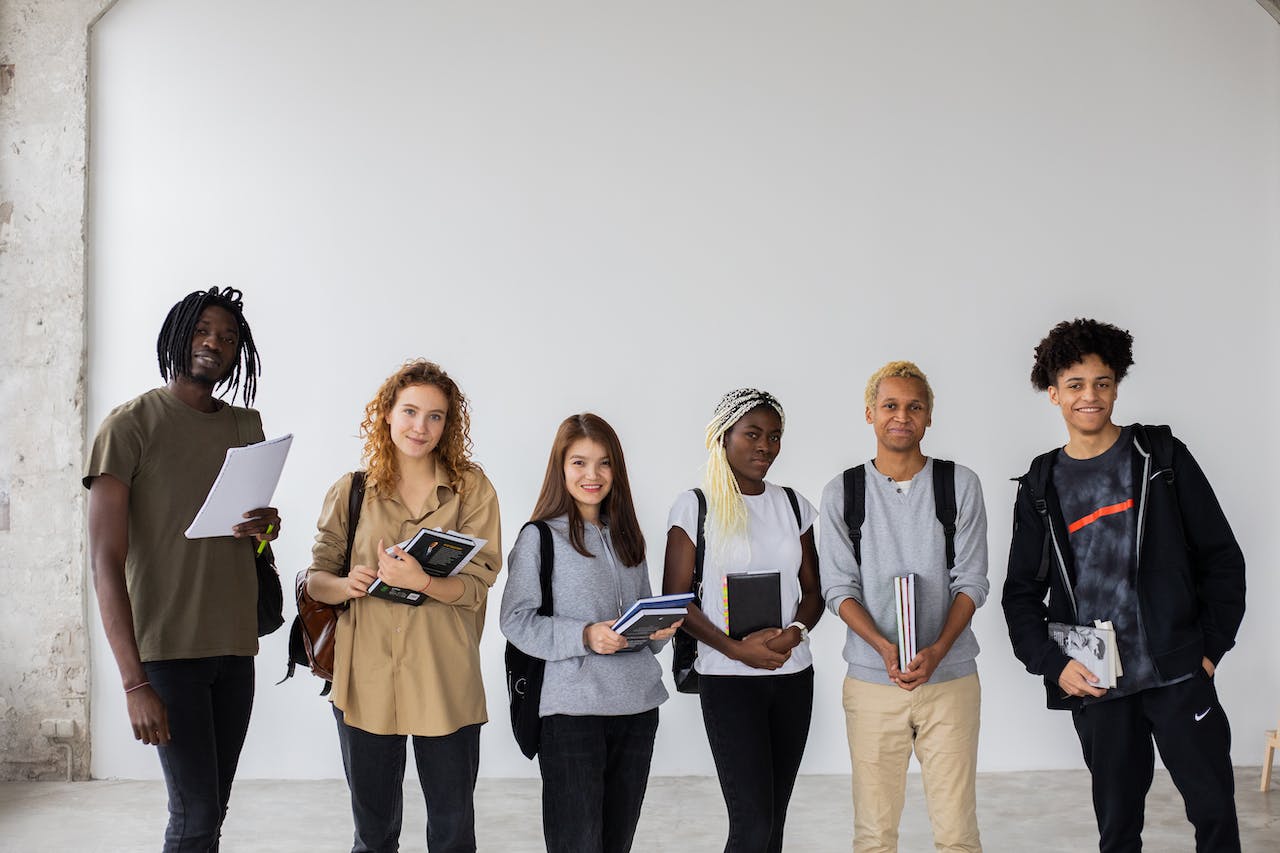
Best Universities in USA, You can apply. Yes, it’s correct.
Determining the Best Universities in USA can depend on various factors such as academic programs, faculty expertise, resources, location, and
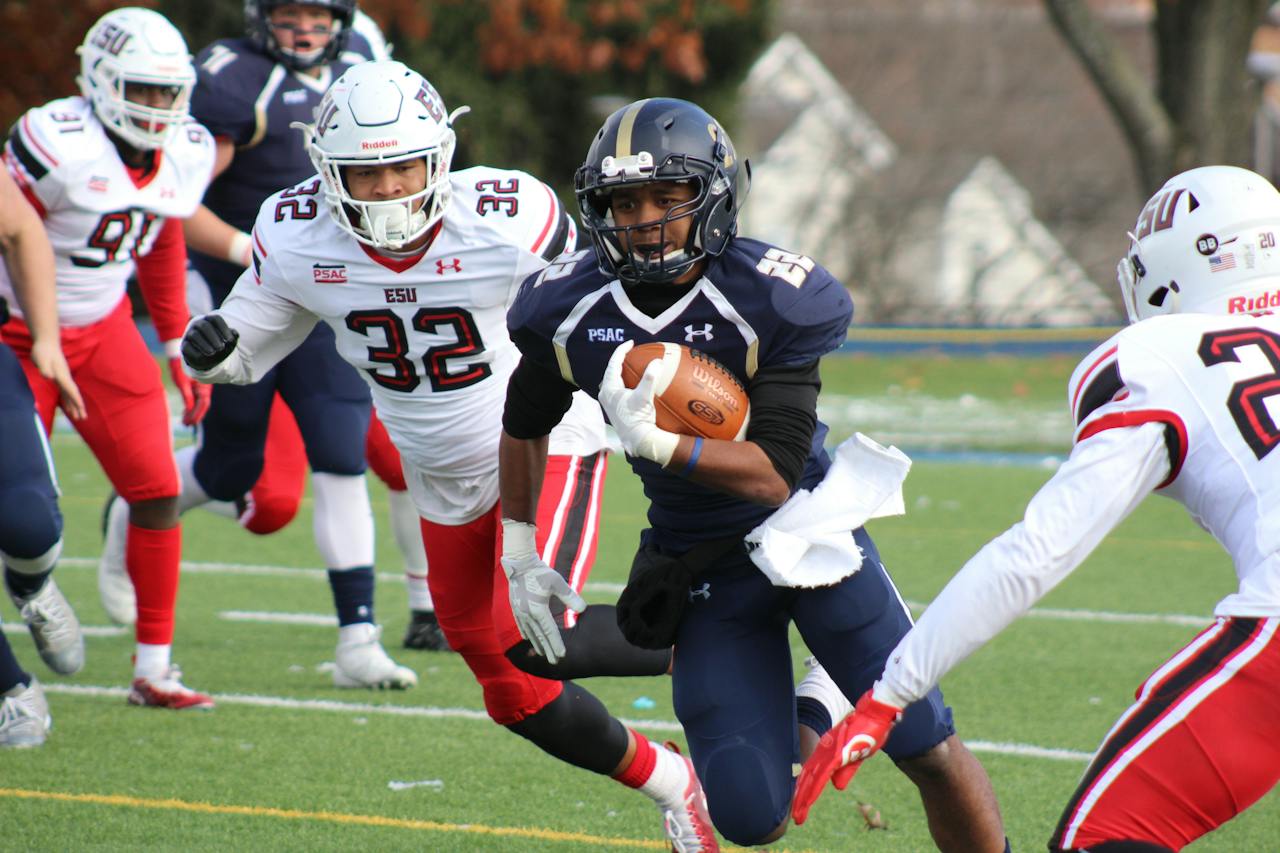
USA Universities are great in terms of Sports as well as education. Yes, You heard it right!
The perception that USA Universities are great in terms of education and sports is shaped by several factors. Here are
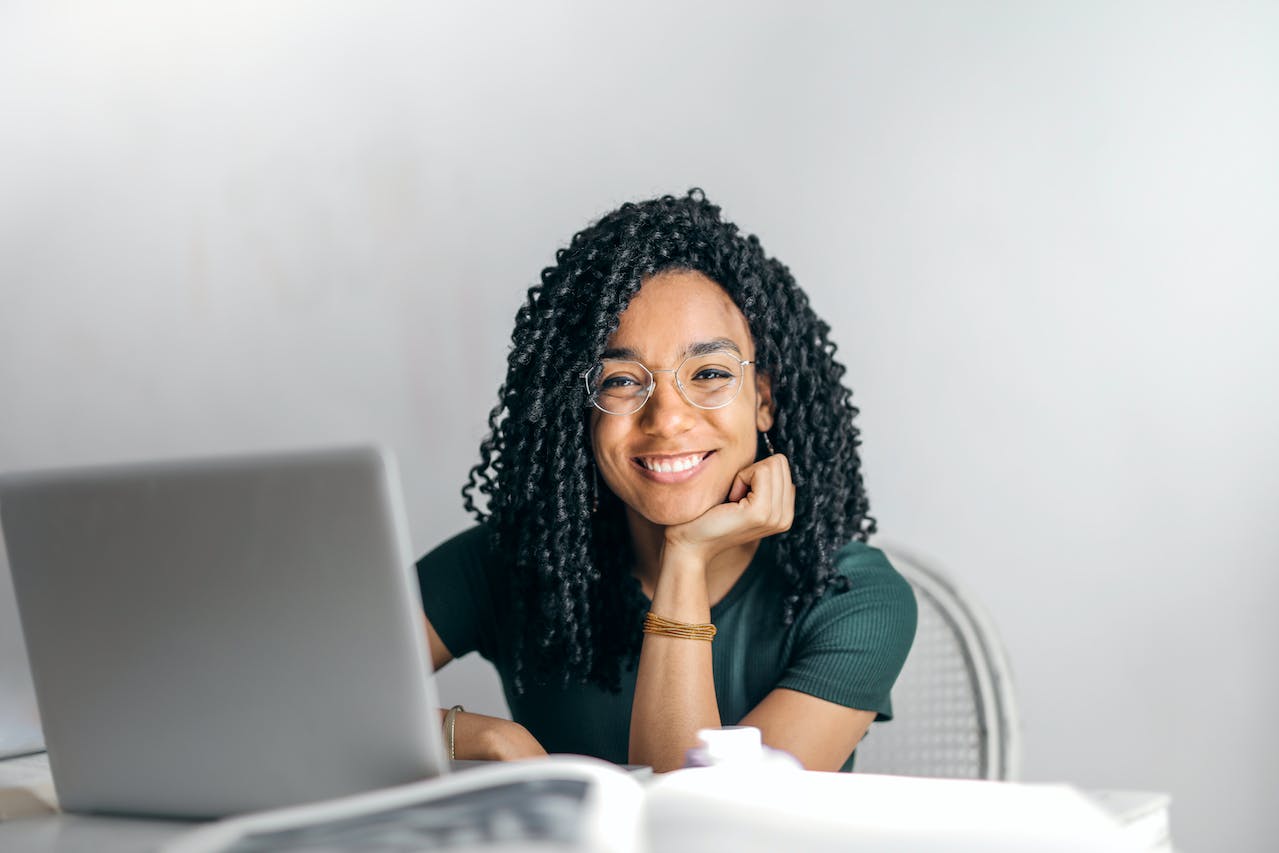
Anyone from India can apply to USA Universities. Yah! It’s easy.
Yes, individuals from India can certainly apply to USA Universities. The application process for U.S. universities can be competitive and

